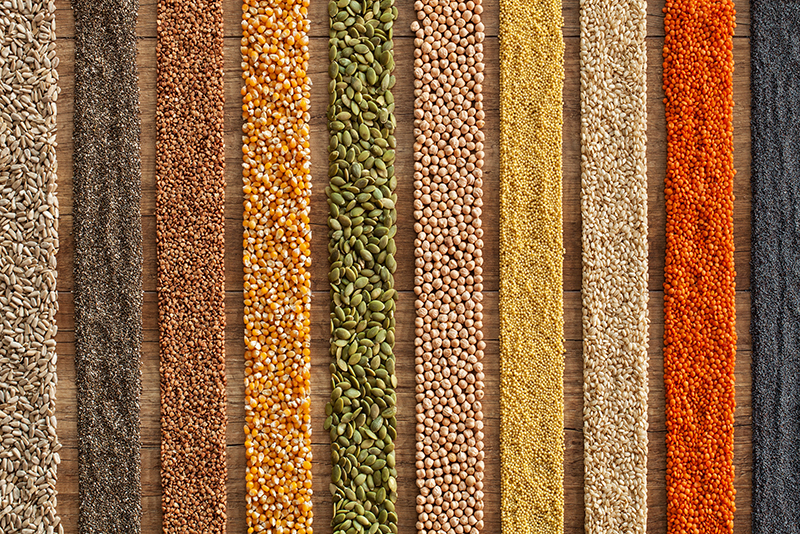CHICAGO — For today’s consumers, alternative grains — alternative anything, really — are in high fashion. And they were a hot topic on opening day at the Institute of Food Technologists (IFT) IFT FIRST conference, being held July 11-13.
Ajay Bhaskar, PhD, R&D director, product development for PepsiCo Inc., and Keith Petrofsky, PhD, R&D director for Ardent Mills, shared the stage to identify how the rising popularity of certain alternative grains are impacting R&D for bakery and snack manufacturers.
So, what exactly are alternative grains? Not every consumer may think of alternative grains the same way, whether it’s considering them as a category unto themselves or as individual types of grains. That said, USDA defines them as those grains that are not the traditional wheat, corn or rice, but anything that takes their place. While that’s a broad category and can contain anything from sorghum and millet to ancient grains, it creates a lot of grey area for consumers — and even more for food producers — especially with the grey area surrounding which ones have gluten, such as rye, barley or spelt.
Then there are non-cereal grains and pulses that fall into the alternative category as well. It might be a lot to keep track of and understand, but it also provides a wealth of opportunity for product development.
Interestingly, many alternative grains have caught consumers’ eyes before the more mainstream. It feeds into consumers’ increasingly adventurous nature when it comes to food consumption.
“Alternative grains are really being driven by consumer demand,” Petrofsky said. “And they’re looking for a couple things relating to health, both for their personal wellbeing and the health of the planet.”
Because alternative grains are usually sold as whole grains or whole grain flours, they immediately come with a healthy halo attached, whether it’s for heart health, gut health or weight management.
According to Ardent Mills research, 71% of consumers said that in the past six months, they’ve made a purchasing decision based on their health and chosen alternative grains.
“Additionally, 55 percent are looking at eating healthier; 29 percent are actively seeking specific ingredients; and 32 percent are avoiding certain ingredients altogether,” Petrofsky said.
In terms of a healthy planet, more people than ever are thinking about their food choices in relation to the earth, and that’s casting an even brighter spotlight on alternative grains.
“A lot of consumers want to make sure the things they buy are good for the planet as well as their bodies,” Petrofsky said. “That’s about not only sourcing but also following those ingredients through the food chain and knowing the companies they purchase from have ethical principles.”










